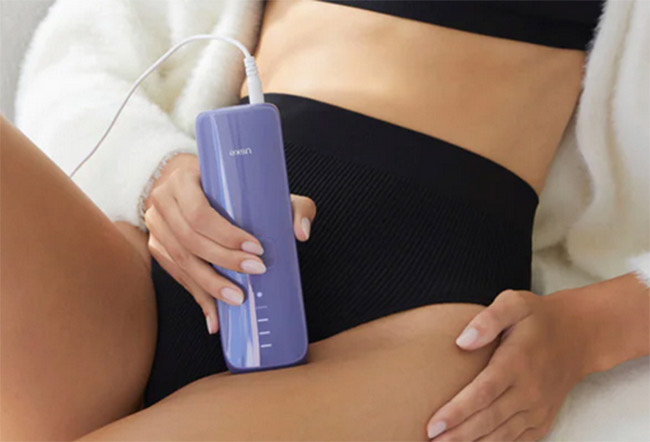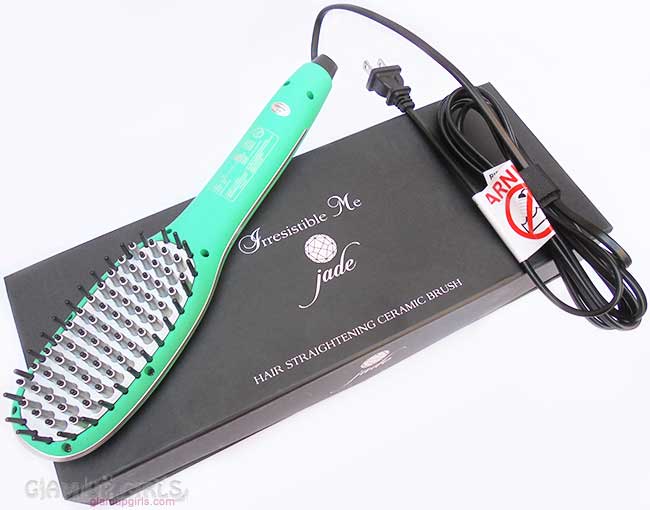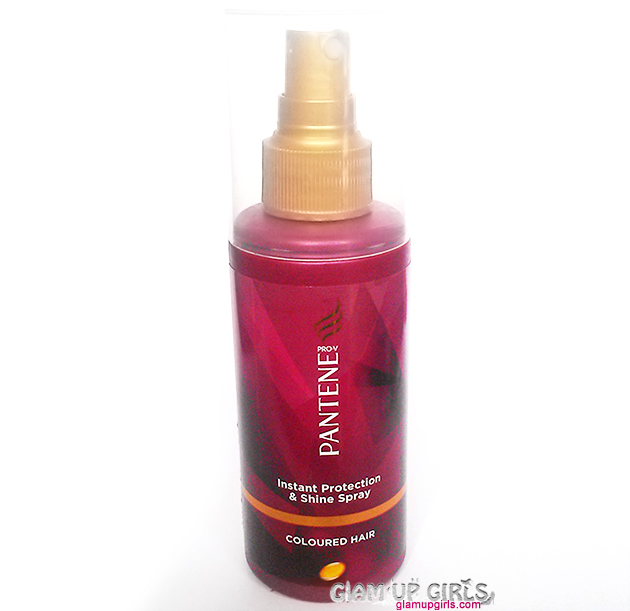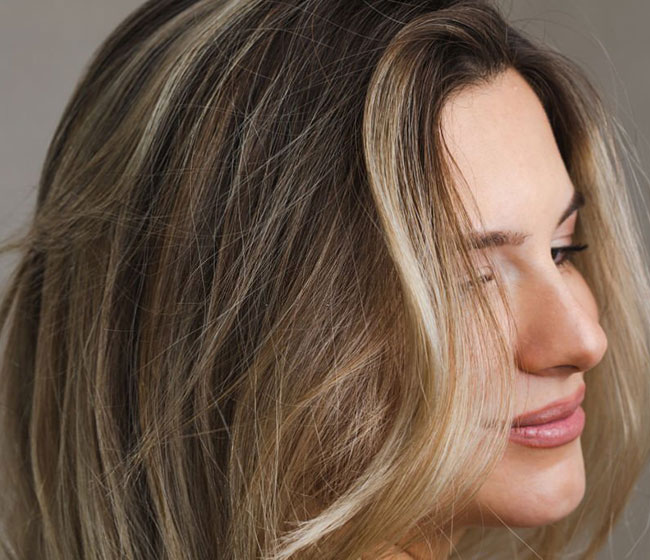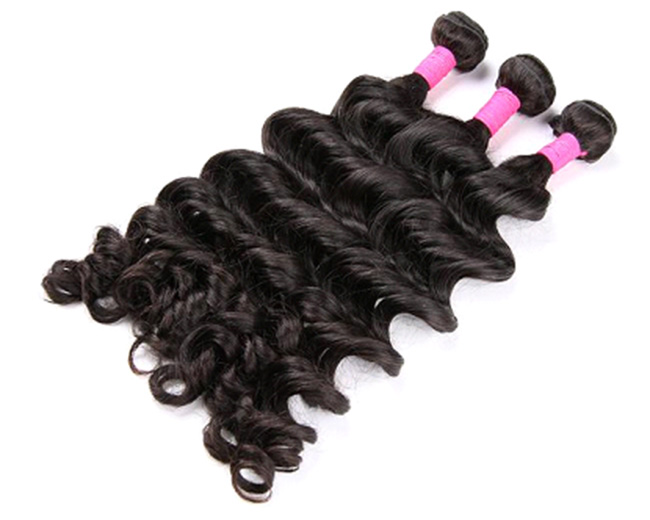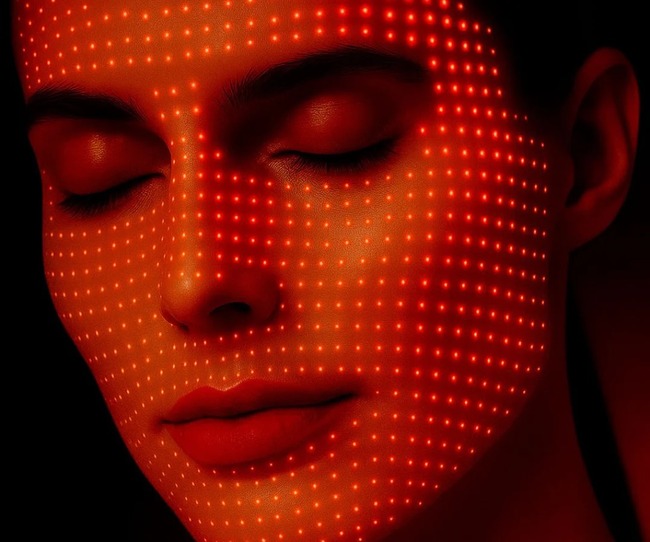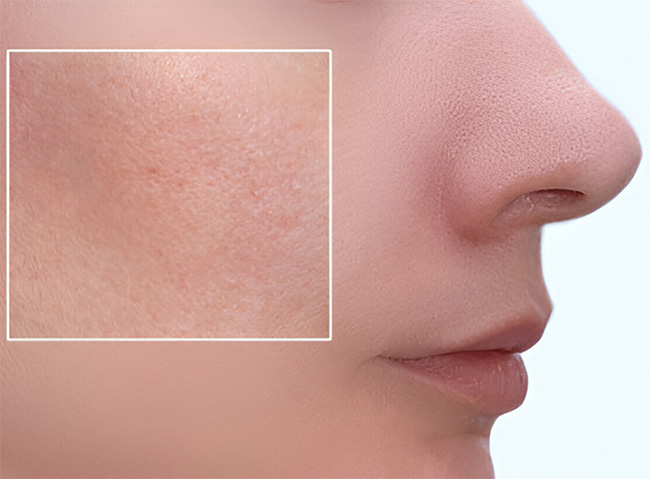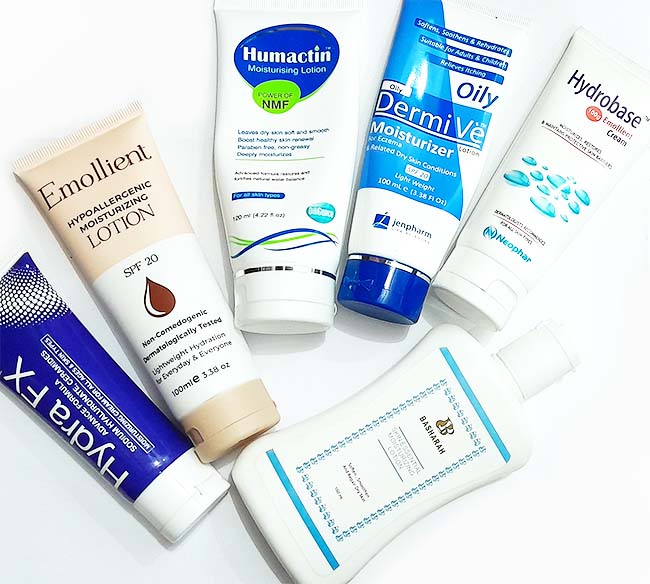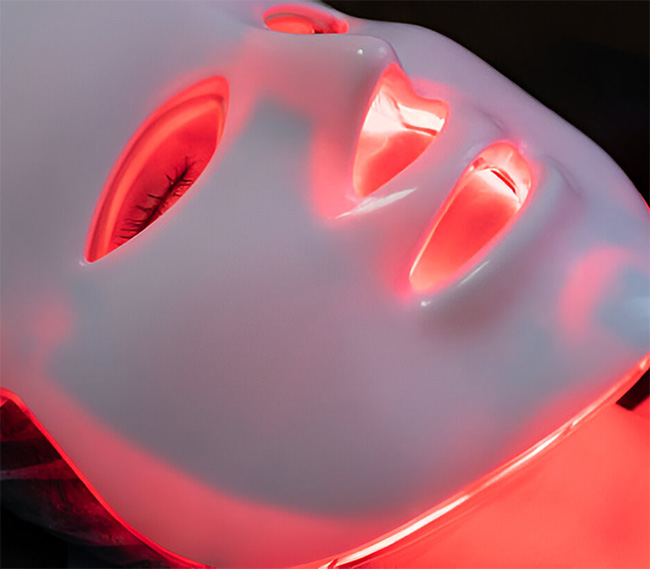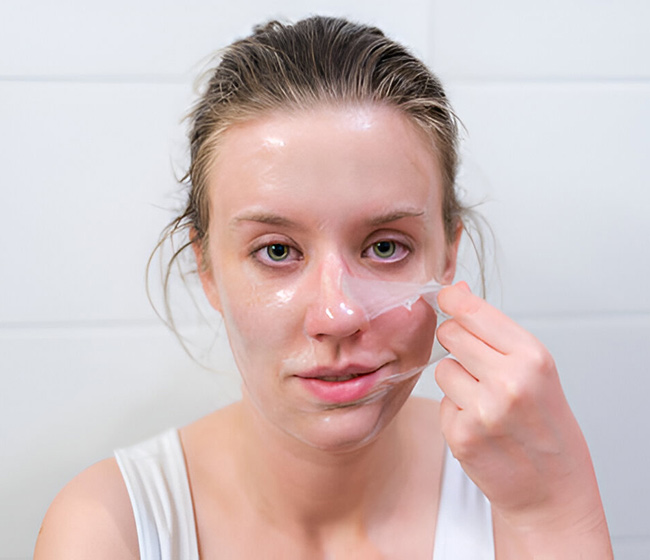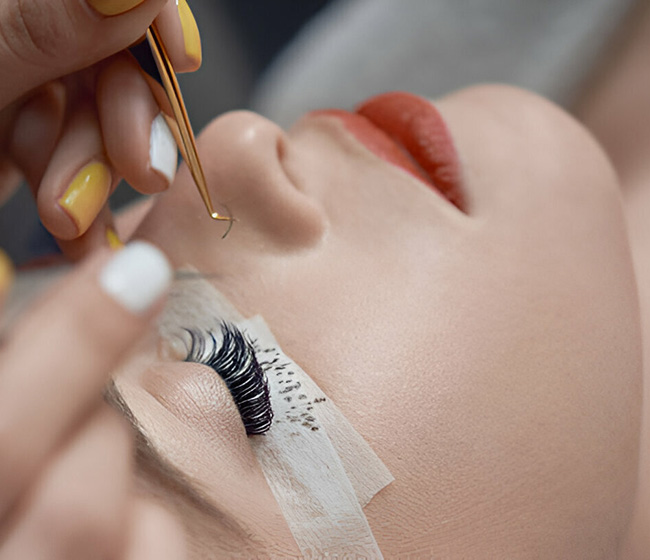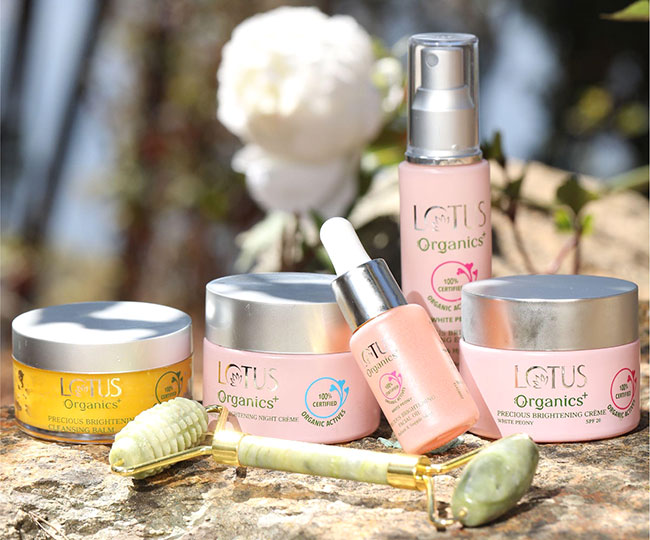Waxing
Waxing offers longer-lasting results compared to shaving. It removes hair from the root, resulting in smoother skin for a longer period. Here's how to achieve the best waxing experience for the bikini area
- Ensure that the hair in the bikini area is at least a quarter-inch long for effective waxing. Cleanse the area thoroughly and dry it completely before waxing.
- Consider seeking professional waxing services, especially for the first time, as estheticians have experience working in sensitive areas. If using a DIY waxing kit, carefully follow the instructions provided.
- Test the temperature of the wax on a small area of skin to avoid burns.
- Using a spatula or applicator, apply the wax in the direction of hair growth in small sections. Place a waxing strip over the wax and smooth it down firmly.
- Hold the skin taut and swiftly pull the strip in the opposite direction of hair growth. Pull parallel to the skin's surface to minimize discomfort and ensure effective hair removal.
- After waxing, apply a post-waxing oil or lotion specifically designed for sensitive areas to calm the skin and remove any residual wax. Avoid applying creams or lotions with harsh chemicals or fragrances that could cause irritation.
- To maintain a smooth bikini area, schedule regular waxing sessions every 3-4 weeks.
- Shaving is one of the most popular methods for removing hair from the bikini area. It is relatively quick, inexpensive, and can be done at home. To achieve the best results while minimizing irritation, follow these steps:
- Before shaving, take a warm shower or soak in a bathtub to soften the hair and open the pores. This will help reduce the risk of irritation and ingrown hairs.
- Gently exfoliate the bikini area before shaving to remove dead skin cells and allow for a smoother shave.
- Invest in a high-quality razor specifically designed for sensitive areas. Replace the blades regularly to prevent skin irritation.
- Apply a generous amount of shaving cream or gel to the bikini area to create a lubricating barrier between the skin and the razor. This will minimize friction and reduce the chances of razor burn.
- Shave in the direction of hair growth to prevent ingrown hairs and irritation. Rinse the razor frequently to remove hair buildup and ensure a clean shave.
- After shaving, rinse the area with cool water to close the pores, then pat the skin dry gently. Apply a soothing moisturizer to hydrate the skin and prevent dryness or irritation.
Laser hair removal offers long-term reduction of hair growth in the bikini area. This method uses focused laser beams to target and destroy hair follicles. You can now easily remove hair from bikini by using Ulike hair removal devices that use IPL technology. It is important to note that laser hair removal typically requires multiple sessions and should be performed by trained professionals. Consider the following:
- Schedule a consultation with a reputable laser hair removal provider to assess your eligibility and discuss the treatment plan.
- Follow the pre-treatment instructions provided by the provider, which may include avoiding sun exposure and refraining from plucking or waxing the area.
- Laser hair removal typically involves a series of sessions spaced several weeks apart to target hair growth cycles effectively.
- Follow the post-treatment instructions provided by the provider, which may include avoiding sun exposure, using soothing creams or lotions, and refraining from other hair removal methods between sessions.
Professional Sugaring
Sugaring is an alternative to traditional waxing that uses a mixture of sugar, lemon juice, and water to remove hair. This method is considered less painful and gentler on the skin. Professional sugaring services are recommended for the best results.
- Cleanse and dry the bikini area before the sugaring session.
- The sugaring paste is applied in the opposite direction of hair growth and then flicked off in the direction of hair growth, removing the hair from the root.
- Follow the provider's instructions for post-treatment care, including soothing the skin with aloe vera gel or a post-sugaring lotion.
- Ensure the bikini area is clean before hair removal to reduce the risk of infection.
- Consider your skin's sensitivity and choose products and techniques accordingly. Perform patch tests before trying new products or methods. After using the Ulike device on the bikini area, it's important to protect the treated skin from excessive sun exposure. Apply a broad-spectrum sunscreen with a high SPF to prevent potential skin damage and maintain the results of hair reduction.
- Exfoliate the bikini area regularly and consider using ingrown hair prevention products to minimize the risk of ingrown hairs.
- If you're unsure about the best hair removal method for your bikini area, seek advice from a dermatologist or esthetician to determine the most suitable option for your skin type and preferences.
Choosing the best way to remove hair from the bikini area depends on personal preference, desired results, and individual skin sensitivity. Whether you opt for shaving, waxing, laser hair removal, or professional sugaring, following the proper techniques and precautions will help ensure a safe and effective hair removal experience. Experiment with different methods to find the one that works best for you, and consult professionals if needed. With the right approach, you can achieve a smooth and comfortable bikini area.


